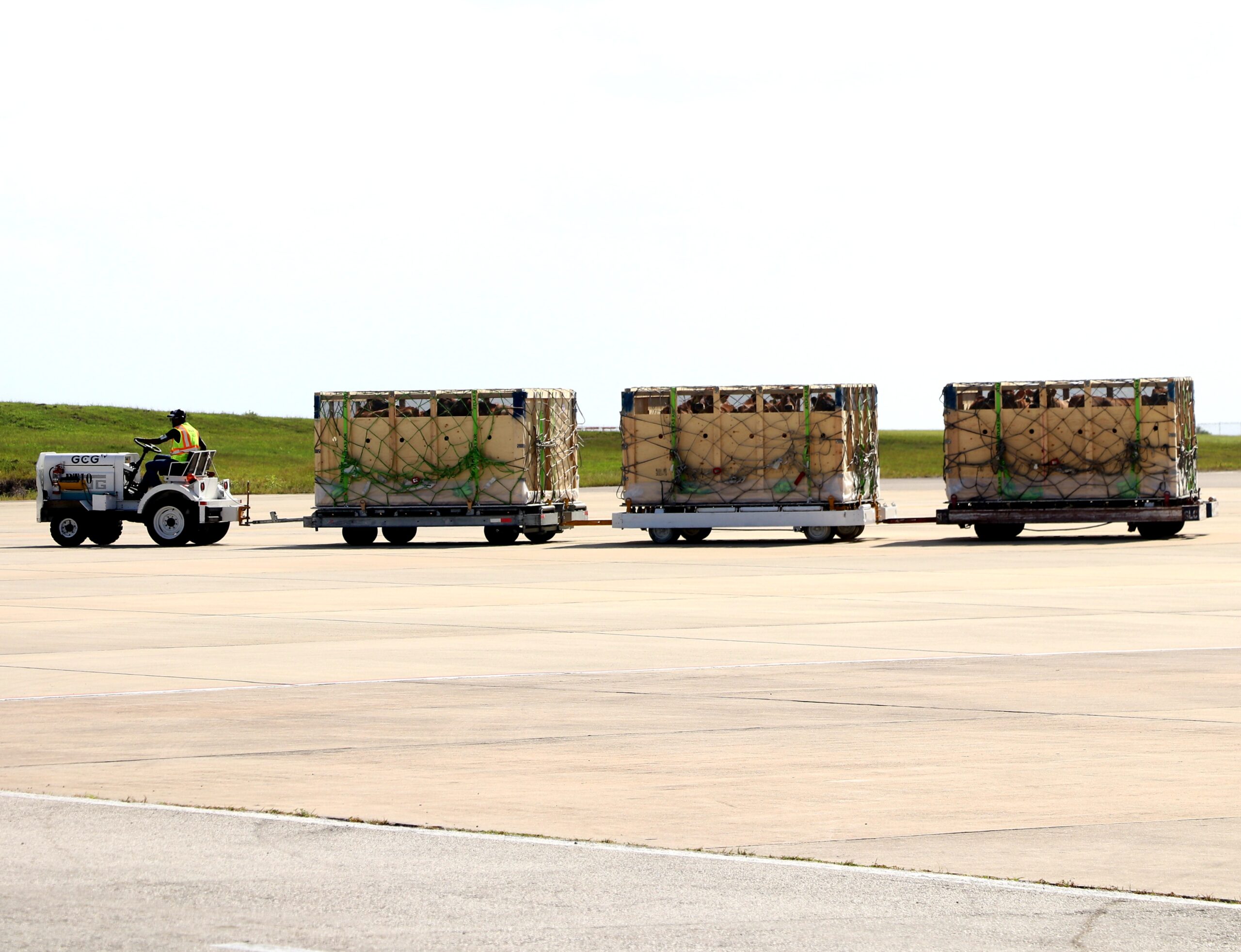Barbados Dairy Industry Revamped with Arrival of Pregnant Heifers from Canada

December 5, 2024
The dairy industry in Barbados receives a significant boost with the arrival of 180 pregnant heifers from Canada, aiming to enhance milk production and livestock welfare through a transformative initiative.
After months of delays and logistical hurdles, the dairy industry is set for a major boost with the arrival of 180 pregnant heifers from Canada.
This long-awaited shipment marks the beginning of a transformative push to revamp domestic milk production and improve livestock welfare, addressing years of declining output.
On Wednesday, seven of the island’s 13 dairy producers imported 180 pregnant heifers from Canada. The animals landed at the Grantley Adams International Airport aboard Air Atlas at around 9:19 a.m., underwent veterinary inspection, and were transported to two locations—CO Williams Dairy in St John and Hope, St Lucy—for a 30-day quarantine.
Three breeds of dairy cattle were imported: Holstein, Jersey, and a mixed breed.
The cost of the heifer importation programme is $2.6 million, but farmers stand to benefit from an 80 per cent rebate, reducing the cost by $1.7 million.
At a media briefing, agricultural officials expressed delight at successfully completing the importation programme after several months of obstacles. But the recently appointed head of the Barbados Dairy and Beef Association, Patrick Butcher, revealed plans for a transformation initiative focused on animal nutrition and well-being. This initiative aims to eliminate future reliance on imported genetics while simultaneously increasing milk production.
The nutrition programme will prioritise efforts to keep the animals comfortable in sweltering conditions, providing them with adequate water, premium-quality hay, and more shaded facilities.
For the past few years, due to factors such as heat stress, farmers have struggled to meet their annual milk quotas. The industry’s output dropped from a peak of six million kilogrammes of raw milk to as low as three to four million kilogrammes.
“In the past, a lot of emphasis was placed on the importation of genetics. We want to shift the focus to nutrition and animal welfare to ensure the livability of these animals,” Butcher explained. “The idea is to avoid expending these resources on livestock genetics again in four years. We plan to work closely with industry players, and even the vendor who sold us these cows has offered the services of a nutritionist, which we intend to utilise.”
Minister of Agriculture Indar Weir announced a suite of forthcoming incentives to support the importation project. These include a young heifer stock replenishment scheme, a 45 per cent rebate on hay purchases for three years, an increased rebate for establishing pasture lands, discounts on farming equipment and supplies, and rebates on innovative and digital technologies for development.
“In a meeting with stakeholders, they highlighted several challenges, including reduced milk production,” Weir said. “I committed to assisting as long as we work towards regaining our peak annual output of around six million kilogrammes of milk.”
Immediate past president of the dairy association, Annette Beckett, expressed satisfaction that the animals had finally arrived after months of delays. Earlier this year, plans to import heifers from the US were derailed when Chief Veterinary Officer Dr Mark Trotman imposed a ban on imported cows from the States due to the severity of the bird flu virus, which was affecting cattle. Farmers were forced to scramble for an alternative source.
Beckett stressed the urgent need for the imported animals. “Farmers need these cows as much as the cows need grass. We’re not producing at the levels we should because of the severe impact of heat stress on the cows. If they’re not eating, they can’t produce milk. There’s no medication for that—the only solution is to keep them as cool as possible. Many farmers have resorted to using fans and other innovative cooling methods.”
She added that the in-calf heifers would provide immediate replacements and noted that the production levels of these imported cows were significantly higher than the local average. However, she cautioned that it would take time for the animals to acclimatise to the island’s warm temperatures and hoped the mortality rate would not be high.
Chief Executive Officer of the Barbados Agricultural Society James Paul emphasised the importance of the programme and expressed gratitude to all involved in the challenging process of bringing the animals to Barbados.
The importation programme is a joint venture involving the government, farmers, the BAS, and the Royal Bank of Canada.
sheriabrathwaite@barbadostoday.bb


